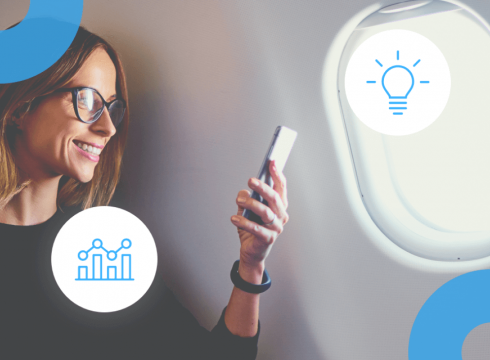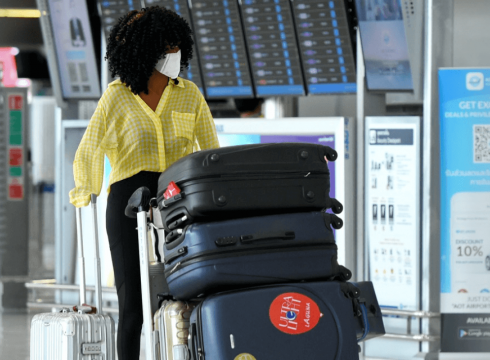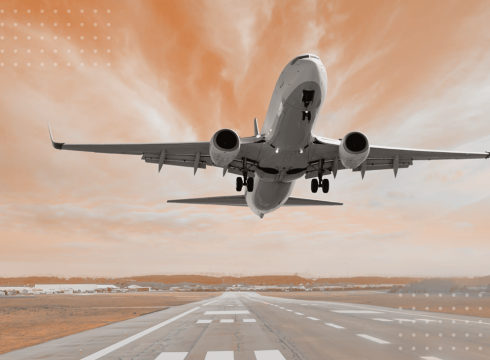Future of Airline: What will happen next?

The Covid-19 pandemic has had dramatic consequences for people, businesses and industries across the globe – none more so than airline.
Not only has the industry been literally grounded over the past few months, but it is likely to take airline longer to recover than most, with some major airports and airlines forecasting three-to-four years before returning to pre-Covid-19 levels. The International Air Transport Association (IATA) has already estimated the global industry is set to lose US$252 billion in 2020 alone.
The situation is indeed unprecedented, with people both unable and unwilling to travel, due to border closures, quarantine restrictions and simply a fear over contracting the virus or getting stuck abroad should a second wave hit.
Like many other businesses, airlines and airports have already been forced to take drastic measures in terms of redundancies and cost-saving exercises. But what does the future of airline hold?
Situation of Airlines
Airlines across the globe are suffering severe effects of the pandemic, with many cutting up to 90% of their flight capacity over recent months.
According to IATA data, there were only 30 profitable airlines in the world before Covid-19. That leaves an incredible amount who were running in the red.
In the UK, Europe’s biggest regional airline Flybe – which already had financial concerns – was the first to be hit hard, entering administration on 5 March 2020. But other airlines are also being forced into big decisions. Virgin, for example, has ended its operation from the UK’s second-biggest airport, London Gatwick, cutting more than 3,000 jobs in the process.
In the USA, airlines are receiving federal funding, but that will only last until September and it’s not expected that any more money will be forthcoming beyond that. As it stands, Southwest Airlines is reported to be losing up to US$30 million a day, while for American Airlines it’s more like US$50 million.
American has decided to take its entire fleet of Airbus A330-300s and Boeing 757s out of service, way ahead of schedule, while others are revising orders for new aircraft. EasyJet, for example, has delayed delivery of 24 new Airbus aircraft, despite benefiting from a US$740 million bailout by UK government.
But the UK government has not offered an industry-wide bailout like in the US – hence Flybe’s downfall. Instead, airlines can furlough employees to recoup 80% of their salaries, the same as any other company.
Across Europe, others are taking different steps. Alitalia has been re-nationalised, with US$650 million being invested, while Air France/KLM could be in line for a US$11.9 billion bailout from the French and Dutch governments.
Virgin Australia has gone into voluntary administration, but Qantas – another Australian brand – was handed a US$660 million aid package.
How the industry can recover
Whatever happens, it is without doubt the airline industry will look incredibly different to how it did even just a few short months ago. But while Covid-19 may be the biggest crisis the industry has faced as a whole, it’s not the first and is unlikely to be the last.
Airlines and airports had to recover following the 9/11 terrorist attacks in New York and, to a lesser extent, in the aftermath of the Icelandic volcanic ash cloud in 2010.
Airline will just need to be prepared to see a much slower recovery than other industries.
This has already been seen in China. When restrictions were lifted, many businesses saw a bounceback of consumer confidence fairly quickly, though not matching previous levels. Yet, airline passenger traffic was far more reserved – an indication of what is to follow in other countries soon.
It is likely short-haul travel will see a faster recovery than long-haul, as passengers take tentative steps to booking holidays abroad. But with the significant growth of long-haul travel over the past couple of decades, this is likely to hit many airlines hard.
New measures
As with shops, restaurants and public transport across the globe, airports and airlines are having to introduce new measures for staff and passengers. This is to ensure compliance with various government legislation and reassure everyone that it’s as safe to fly as to do anything else in the new world.
Some airlines, including Air Canada, Air France and Singapore Airlines, are already implementing mandatory temperature screenings for passengers, with more set to follow suit.
Meanwhile, Delta are capping the number of passengers per aircraft throughout the summer, with flights only able to fill 60% of economy seats and 50% of first class seats to maintain social distancing.
Other measures are more widespread, such as the requirement for face masks, social distancing and protective perspex screens on check-in desks.
With some flights having recently restarted, many airlines are now not offering in-flight catering, particularly on short-haul flights. This is one of the measures that may be relaxed over time, but it highlights the lengths airlines are going to in order to reduce contact between staff and passengers.
When will we start flying again
There’s little doubt a return to flying and travel will be a slow process, with forecasts stating it will be years until passenger numbers return to pre-Covid-19 levels.
In China, where lockdown restrictions were eased in March, the number of daily flights only rose by 1% in April, demonstrating how slow the resumption of flights will be.
But while many airlines have drastically cut services over the past few months, with Europe seeing a 90% decrease in air traffic, some – including EasyJet and Ryanair – are now starting to take-off again, though tentatively.
Passenger numbers remain a minuscule fraction of what they were the same time last year. In the US, numbers are below 20% of travellers on the same dates in 2019. But, having said that, the US has now seen several days with more than 400,000 passengers – five times the number on April’s slowest days. So, recovery signs are there.
To put this into numbers, domestic flights in the US in late April were seeing an average of 17 passengers, while by the end of May, this had jumped to an average of 54 travellers. These numbers are expected to grow in this month and the following.




